Infection Risk in Patients with Biopsy-Proven Fatty Liver Disease: A Cohort Study
DOI:
https://doi.org/10.61919/xj9ars24Keywords:
Nonalcoholic fatty liver disease; infections; cohort study; epidemiology; cirrhosis; metabolic syndrome.Abstract
Background: Nonalcoholic fatty liver disease (NAFLD) is the most common chronic liver condition worldwide and is increasingly recognized as a systemic disorder associated with metabolic comorbidities. Whether NAFLD independently increases susceptibility to severe infections remains uncertain, particularly across histological stages of disease. Objective: To determine the incidence and hazard of severe infections among patients with biopsy-confirmed NAFLD compared with matched population controls. Methods: This population-based cohort study included 133 adults with biopsy-proven NAFLD and 629 age- and sex-matched comparators from 1995 to 2017 in Lahore, Pakistan. Patients were stratified by histological severity (simple steatosis, NASH without fibrosis, non-cirrhotic fibrosis, cirrhosis). Severe infections, defined as hospital-diagnosed events requiring systemic therapy or admission, were ascertained through electronic health records. Incidence rates per 1000 person-years were calculated, and Cox proportional hazards models adjusted for demographic and metabolic covariates were used to estimate hazard ratios (HRs) with 95% confidence intervals (CIs). Results: Patients with NAFLD had higher infection rates than controls (17.9 vs 11.3 per 1000 person-years). Adjusted hazards were elevated across infection types, including sepsis (HR 2.16, 95% CI 1.95–2.39), respiratory (HR 1.52, 95% CI 1.42–1.62), and urinary tract infections (HR 1.63, 95% CI 1.51–1.75). Risk increased with histological severity, reaching its highest in cirrhosis (HR 1.37, 95% CI 1.21–1.55). Conclusion: NAFLD was associated with an increased hazard of severe infections, with risk rising across disease stages. Preventive measures and closer surveillance may benefit this population.
Downloads
Published
Issue
Section
License
Copyright (c) 2023 Arfa Hamid, Hafiza Tooba Aftab, Shawal Mir (Author)

This work is licensed under a Creative Commons Attribution 4.0 International License.
© 2025 The Authors. This work is licensed under a Creative Commons Attribution 4.0 International License (CC BY 4.0).


